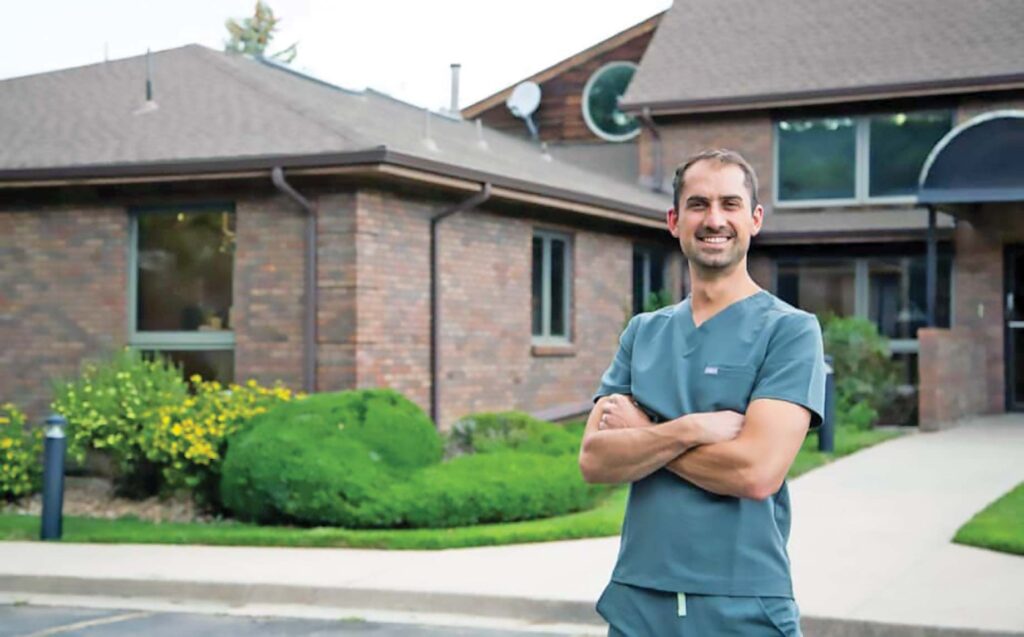February is National Children’s Dental Health Month, a time to shine a spotlight on the critical role pediatric dentistry plays in the overall well-being of our youngest population. While we often associate dental care with cavity prevention and orthodontic correction, it’s crucial to recognize the significant impact pediatric dentistry has on airway development in children. Early intervention in pediatric dentistry can pave the way for optimal breathing and a lifetime of healthy smiles.
Airway development in children is a multifaceted process that involves the growth and alignment of various facial structures. Dentists play a pivotal role in monitoring and influencing this development. Studies in the fields of medicine and dentistry have increasingly validated that conducting early screenings for breathing disorders, coupled with enhancing craniofacial growth before the age of 6, not only enhances dental and facial aesthetics, periodontal health, and occlusion but, more significantly, contributes to overall improvements in breathing and airway dynamics, thereby positively impacting long-term health.
Guiding growth and development in infants and children is a key aspect of ensuring optimal airway health. Unlike traditional orthodontic approaches that focus solely on tooth alignment, growth guidance orthodontics considers the entire facial structure. By guiding the growth of the jaws and other facial bones utilizing various appliances and adjunctive therapies, dentists can create sufficient space for permanent teeth and promote a balanced and functional airway together with straight teeth and healthy joints and muscles.
Preventive measures are also crucial in pediatric dentistry to support airway health. Regular dental check-ups allow pediatric dentists to identify and address potential issues before they become serious. Early detection of conditions such as mouth breathing, tongue tie, or narrow dental arches enables timely intervention to promote proper airway development.
In addition to preventive measures, certain treatments can positively impact airway development. Myofunctional therapy, for instance, focuses on strengthening the muscles involved in breathing and swallowing. By addressing these functions early on, pediatric dentists can help children develop healthy breathing patterns and prevent airway-related problems.
National Children’s Dental Health Month serves as a reminder for parents and caregivers to prioritize their children’s oral health. Beyond the traditional emphasis on cavity prevention, understanding the connection between pediatric dentistry and airway development is essential. Investing in early intervention, growth guidance orthodontics, and preventive measures sets the stage for a lifetime of optimal breathing and overall health. Let us prioritize the dental health of our children, fostering smiles that reflect not just aesthetic beauty but also the promise of a healthy future.
Dr. Kevin Schwandt practices dentistry at Reclaim Integrative Dentistry & Implant Center in Wheat Ridge.






